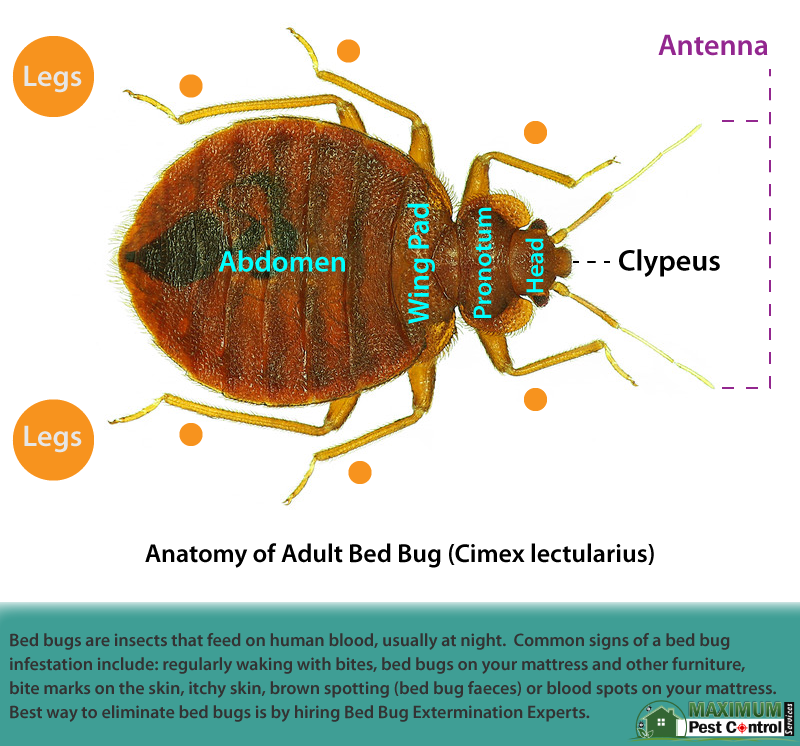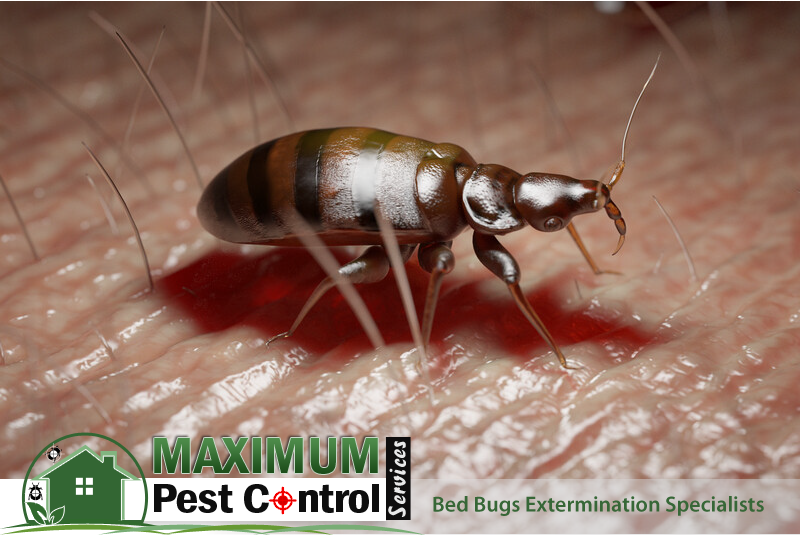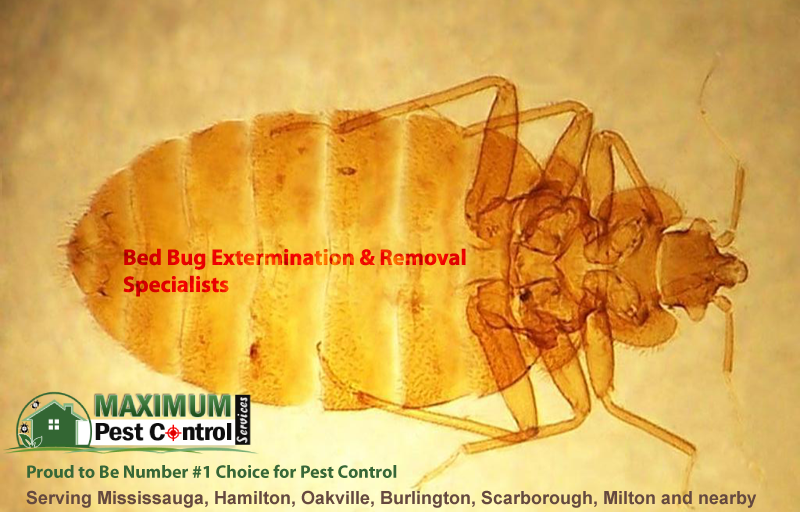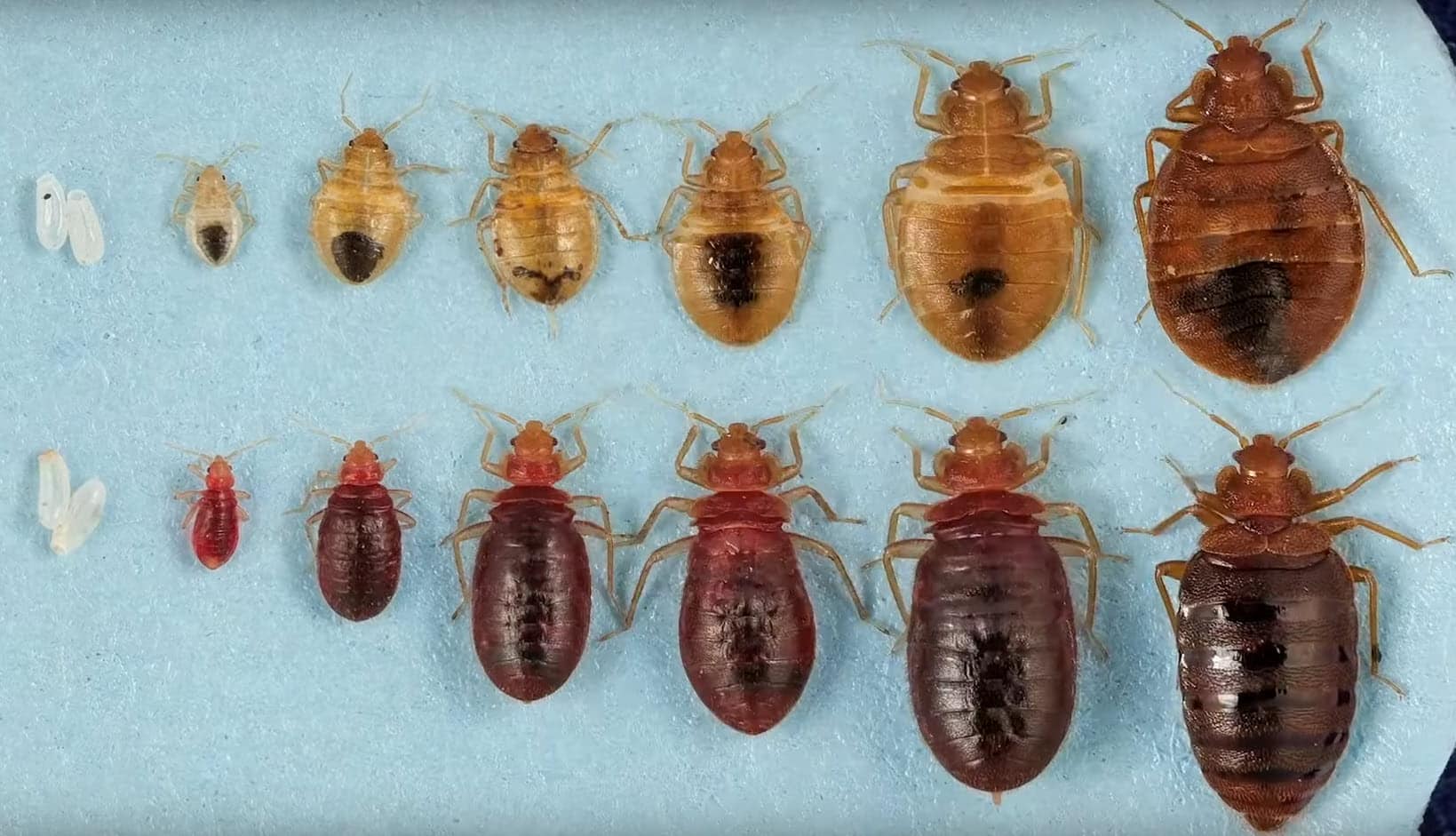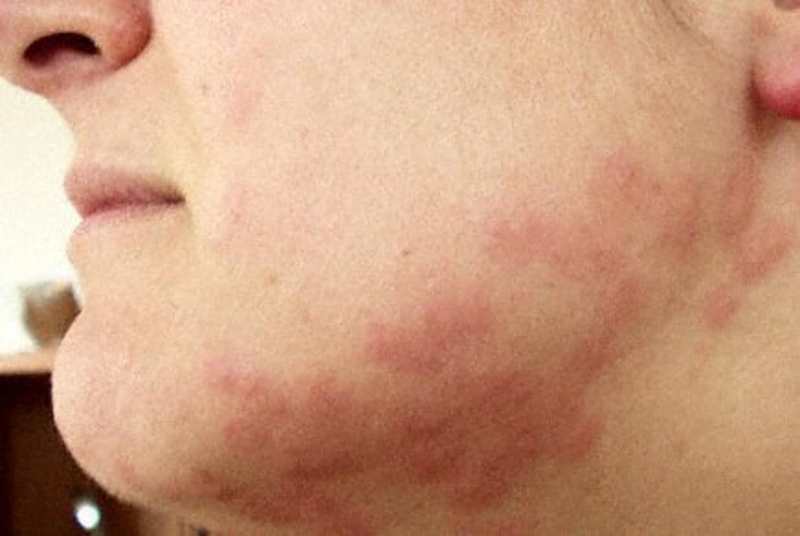
Why Bed Bugs Love Empty Spaces: Secrets to Their Survival
Discover the secrets to bed bugs’ survival and how Maximum pest control services can help you get rid of these blood sucking mighty insects for good. Keep your home and family safe from bed bug infestations!
Bedbugs can survive against all odds and adapt themselves to a range of surroundings, including vacant dwellings among others. Their ability to live without food for prolonged periods thus makes them a challenge even in deserted places. In empty houses they can hide in cracks, crevices and furniture just waiting for the next occupant. The time that bed bugs can survive in an empty house is contingent on some factors such as temperature, humidity and availability of food.
Under favourable conditions, bed bugs may exist for as long as three months without taking blood meal. At low temperatures, their metabolism slows down hence increasing their lifespan up to one year. It is this outstanding resilience that makes bed bugs very elusive pests since they can lie dormant until a new food supply is available. A good understanding of their survival limits will ensure that effective strategies are put in place both in terms of control and prevention.
Factors that affect the lifespan of Bed Bugs
Bedbugs can be persistent pests, but many things can affect how long they live. One main thing is temperature. They prefer to live in about 70°F to 90°F (21°C to 32°C). In this range, they can survive for between 6-12 months. But extreme temperatures will lower their numbers dramatically. Bedbugs die quickly when exposed to temperatures over 113°F (45°C) or below freezing.
Another crucial aspect is the availability of food supplies. These insects feed off human and animal blood, so they need hosts nearby if they’re going to make it. When there are lots of people around with lots of places for bedbugs to hide — like hotels or apartment buildings — infestations can grow very large. When there are no hosts at all, however, these bugs can enter a kind of hibernation. They will stop moving around as much and use less energy until better times come again, which might extend their lives by several months.
Surviving Bed Bugs: How Long Can They Thrive in an Empty House?
Bed bugs are able to last up to months in an empty house, but the actual time depends on a combination of factors such as temperature, moisture and availability of food. Normally, under normal room temperatures (about 70°F or 21°C), adult bed bugs without blood meals can survive between four and six months. In colder conditions, may go into a dormant state that enables them to live for one year or more without feeding.
However, nymphs (young bed bugs) have shorter survival times without blood meals than adults and often live only few weeks to a couple of months. The absence of food and ideal living conditions in an empty house can gradually decimate the population of bed bugs. But, they can still hide in crevices, nooks and crannies waiting for their prey’s return. It is therefore important to note that even after several months, an empty house might still contain bedbugs which requires effective control before occupancy.
Bed Bug Lifespan Without a Host
Adults can live longer without food compared to juvenile bedbugs. Young ones could die within days if they do not feed. Nevertheless, adults will go for months before starving to death themselves.
Surviving at such times becomes very important when there is no food around. Even after such long period of time without any hosts, adult bed bugs are still able to survive.
Impact of Temperature On Longevity
Extreme temperatures can significantly impact bed bug longevity. Exposure to temperatures above 113°F (45°C) can be lethal within minutes, effectively killing all life stages of bed bugs. Similarly, temperatures below freezing can also be fatal, although bed bugs can survive short-term exposure to cold by entering a state of dormancy.
Sustained exposure to freezing temperatures, particularly below 0°F (-18°C) for several days, can eliminate bed bugs. Therefore, temperature control is a key strategy in managing and eradicating bed bug infestations, as both high heat and extreme cold can disrupt their life cycle and reduce their survival rates.
Stages of Bed Bug Development and Survival Rates
Bed bugs experience incomplete metamorphosis, which is a three-stage process of growth i.e. egg, nymph, and adult. The female lays eggs and within 6 to 10 days, they hatch into nymphs. Nymphs are just smaller forms of the adult bed bug and will shed its skin five times before it can grow to being an adult and another blood meal is needed before each molt.
The stage between a nymph to adulthood takes approximately 5 – 7 weeks provided that environmental conditions favor its duration. Temperature and food supply are critical factors for development rate. When they become adults, the bedbugs breed then the life cycle continues.
The survival rates at each stage in bed bugs depend on some environmental factors. Higher survival rates are facilitated by high humidity with moderate temperatures, while extreme temperatures can be fatal more so to eggs and nymphs. Adults and nymphs have higher chances of surviving in challenging environments because they can go for longer periods without feeding. Nonetheless, longer period absence of host reduces survival rates.
Various Approaches to Eliminating Bedbugs in Homes
Chemical treatments are a normal way of dealing with bedbug infestations. While handling pest infestation by bed bugs, insecticides such as pyrethrins, neonicotinoids and pyrethroids are commonly used by pest control professionals. Infested areas for instance mattresses, bed frames and cracks in walls or furniture are usually treated with these chemicals.
Bedbugs can develop resistance to some pesticides hence multiple treatments might be necessary over time. Nonetheless, chemical treatments require proper application to safeguard humans and pets from potential health risks.
Heat treatment is becoming a more popular non-chemical alternative to getting rid of bedbugs. Here temperatures of about 120°F (49°C) are used for several hours which cause death at all stages of the insects’ growth cycle. In achieving this, specialized equipment heats up the entire space including any type of furniture and one’s personal belongings.
It is often preferred as it reaches places where concealed bedbugs stay that are less accessible through other means of extermination. However, it may be costlier than using chemicals and it may not work well in all kinds of homes or properties.
Dealing with a Bed Bug Infestation? Maximum Pest Control Services Can Surely Help!
Bed bugs could be a real nightmare, as they invade your home and take away your peace. These small insects are very resilient that it becomes hard to eliminate them. If you wake up with itchy bites or see tiny brownish-red marks on your sheets, most likely you have bedbugs in your house. Don’t worry, we are right here for you; this problem can be effectively solved.
We provide professional extermination services for bed bugs in the shortest time possible. We perform prompt inspection of every corner of your dwelling using the newest technology and methods. Our insured and bonded pest control exterminators will help you to restore the comfort of sleep by getting rid of these pests once and for all. Talk to us today and begin the journey towards a safe home without bed-bugs calling (905) 582-5502.

